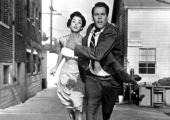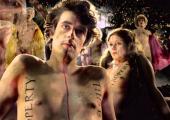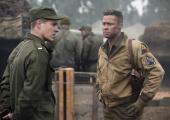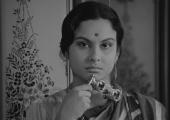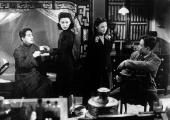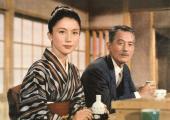Timeshift: Battle for the Himalayas, BBC Four

The remarkable story of Everest on film highlights John Noel's restored footage
When people talk about the Heroic Age of exploration, the heroes are generally agreed to be the explorers. But we’d know a great deal less about Edwardian chaps pluckily struggling through far-flung snowscapes if there weren’t images of them in situ. And the men who caught those images can be counted heroes too. Herbert Ponting pioneered cold-weather photographic techniques in Antarctica with Scott. Frank Hurley hurled himself into a freezing flooded cabin to retrieve now iconic photographic plates from Shackleton’s sinking ship Endurance. And then there is Captain John Noel.




